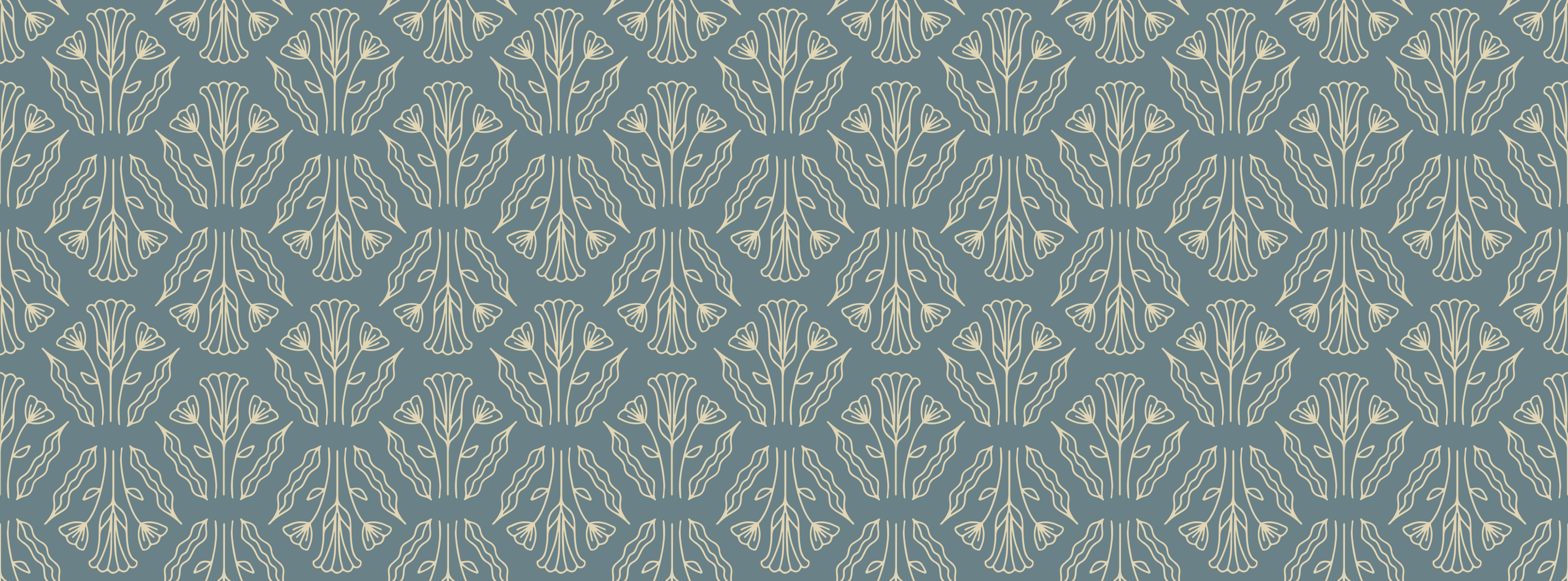
How it's made
The process of turning clay into a finished piece
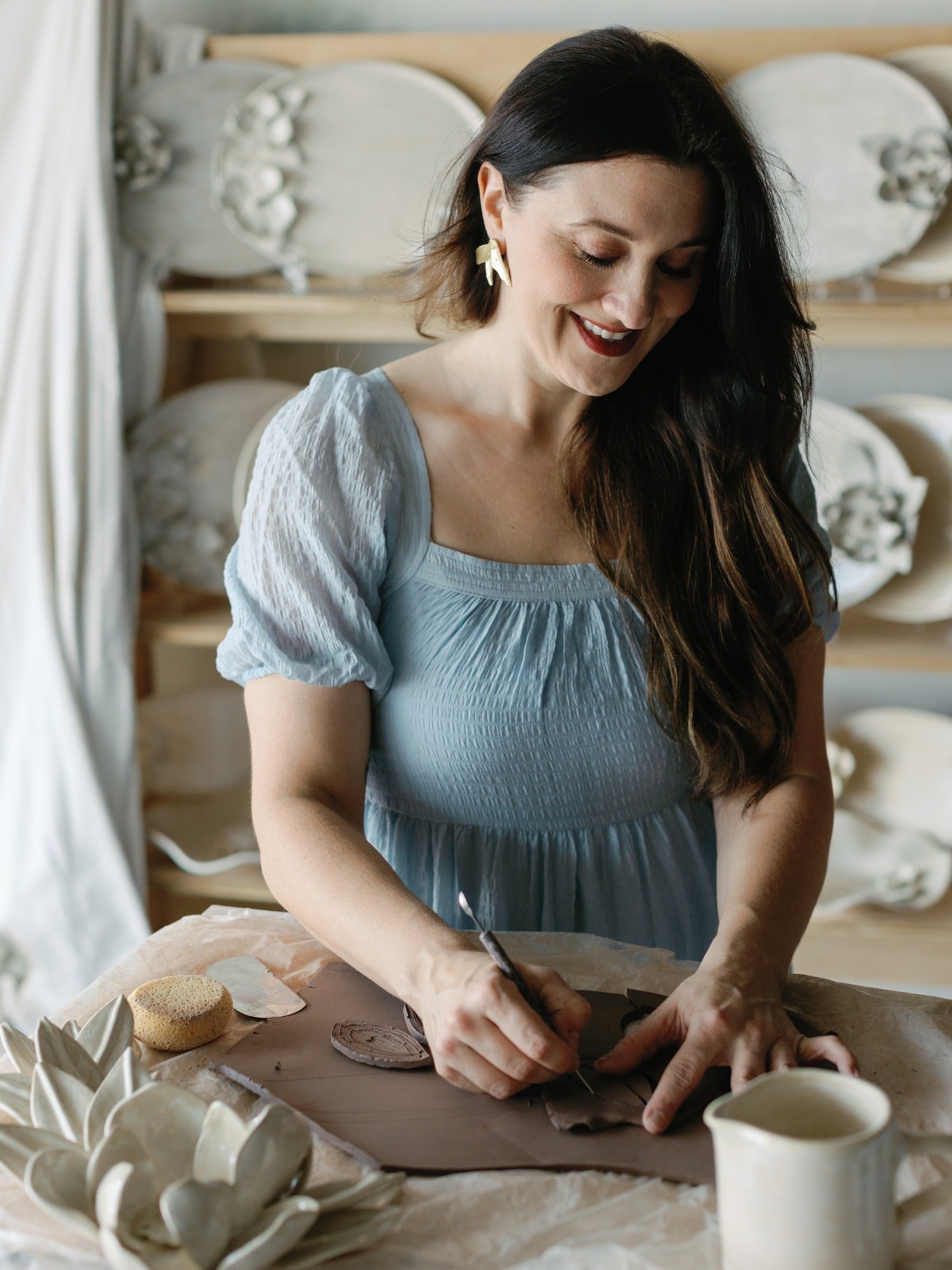
It starts with wet clay
Each peice begins as raw clay that is either rolled into a slab for hand building or wedged and formed to be thrown on the wheel. If it's handbuilt (think magnolias, dogwoods, platters) then each petal is cut by hand and then formed and combined to create the overal look. If it's thrown on the wheel (think vases), then it's centered, and pulled into it's final shape.
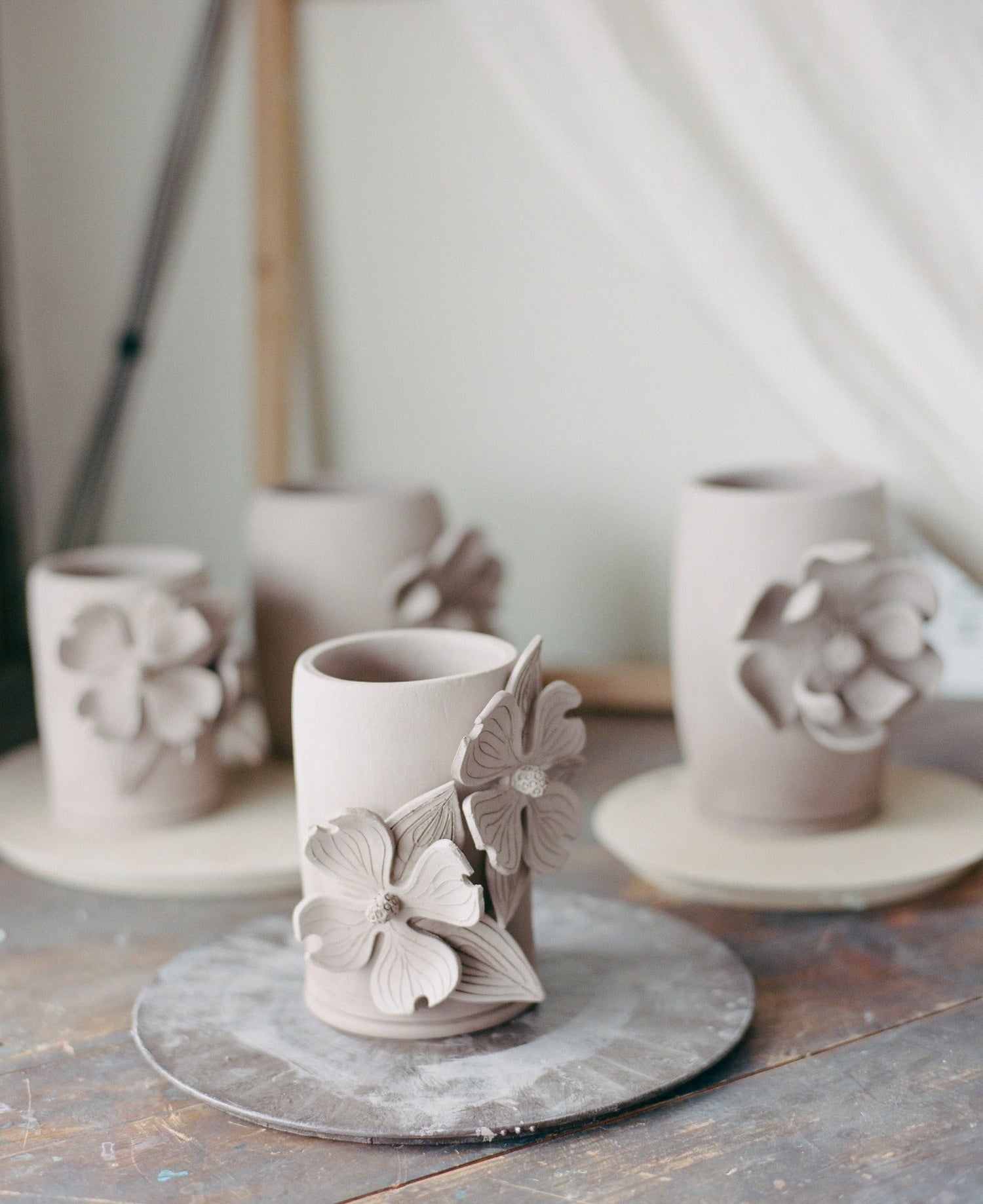
Now it dries...very slowly
After the peice is finally formed with care and intention, now it must completely dry out to prepare for it's first firing in the kiln. This is called the bisque firing. In this state, pottery is very fragile and must be handled as little as possible to avoid breaking.
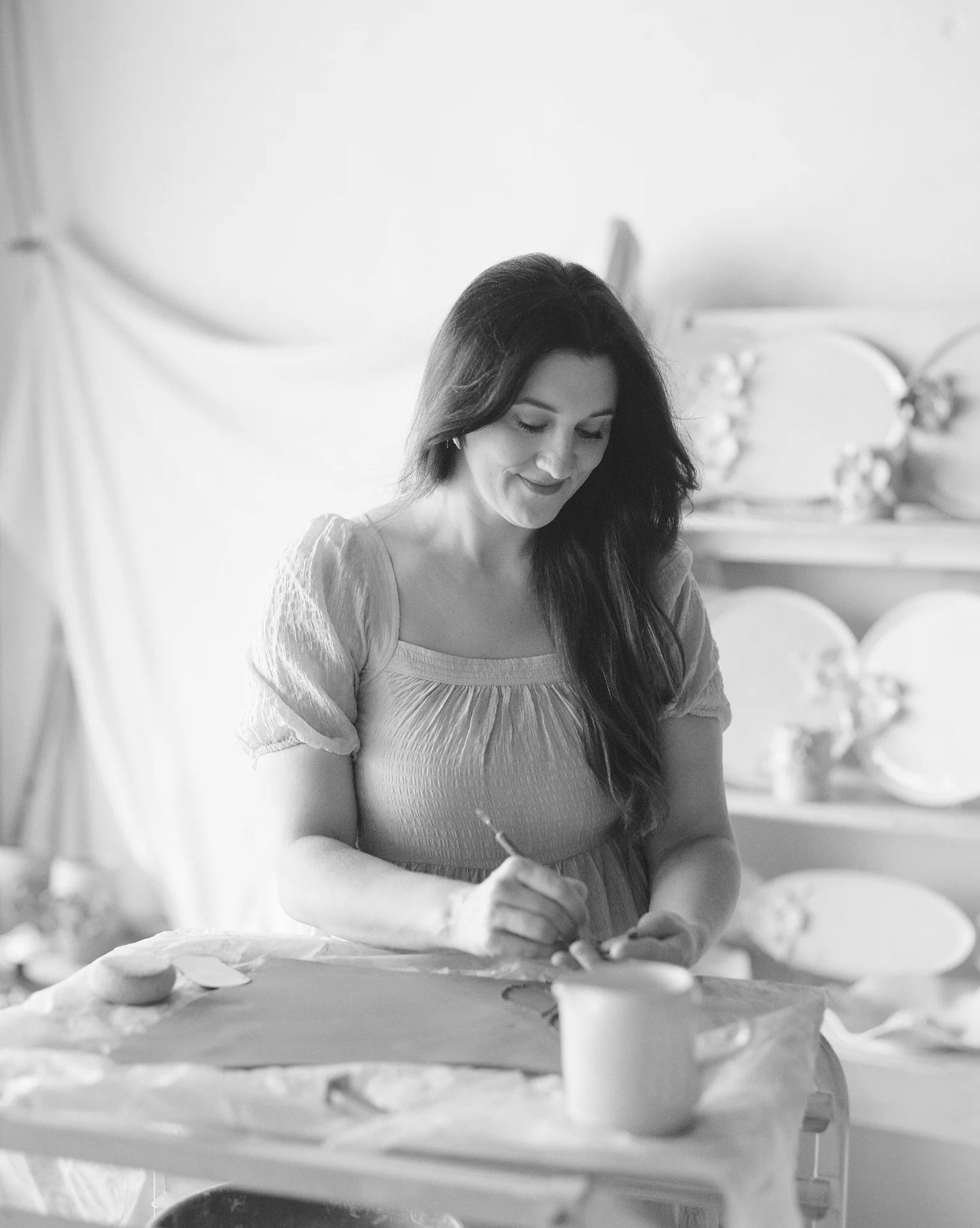
Now it's glazed
After the first bisque firing is complete (which takes over 12 hours in the kiln) it can be glazed. This is essentially painting the peice. All glazes react differently on different clay bodies or combined together so glazes must always be tested. Now it will go into the kiln for the second time for it's glaze firing.
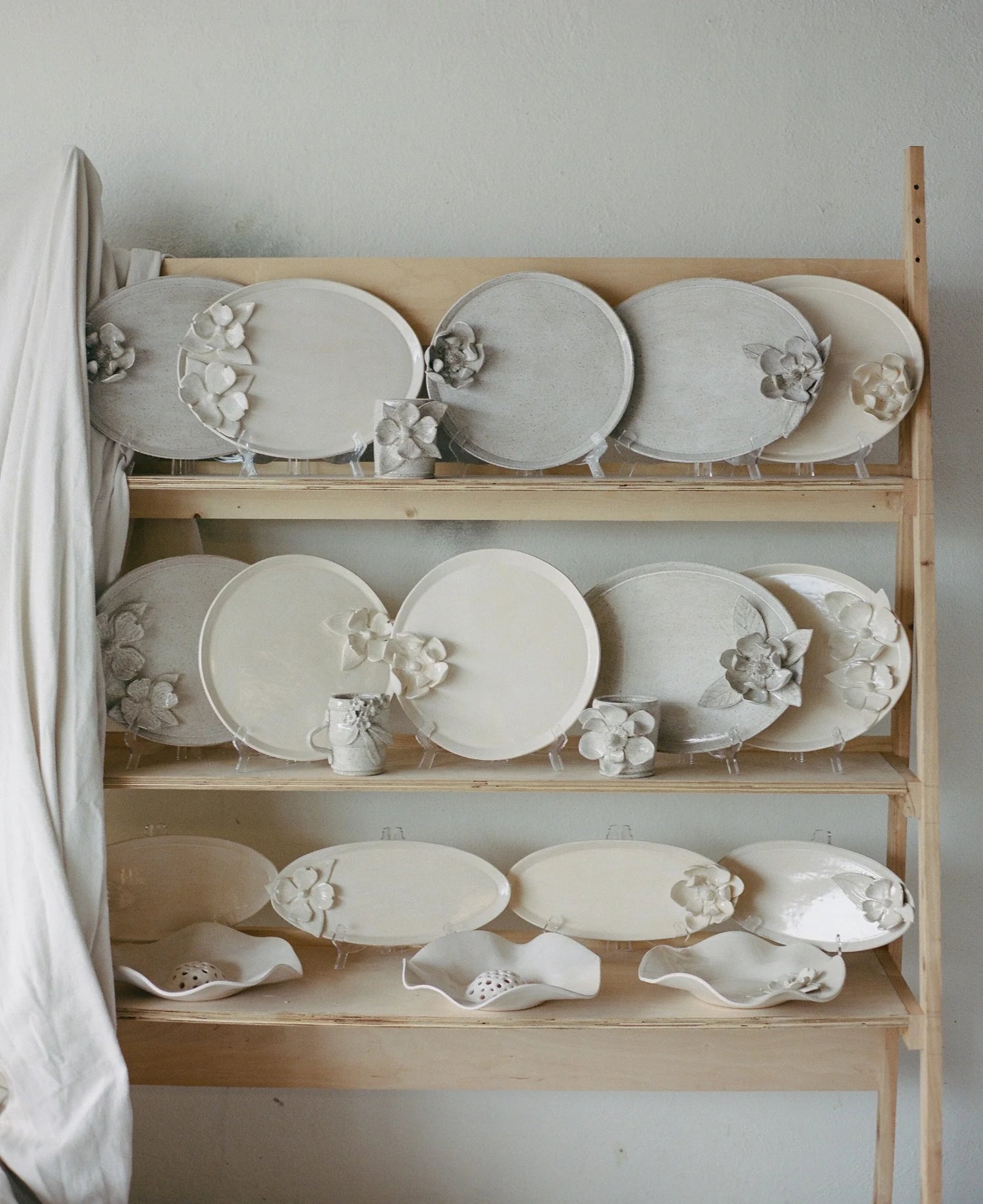
Finished product
After it's removed from the glaze firing, it's finally a complete piece that can be used and treasured for years to come.